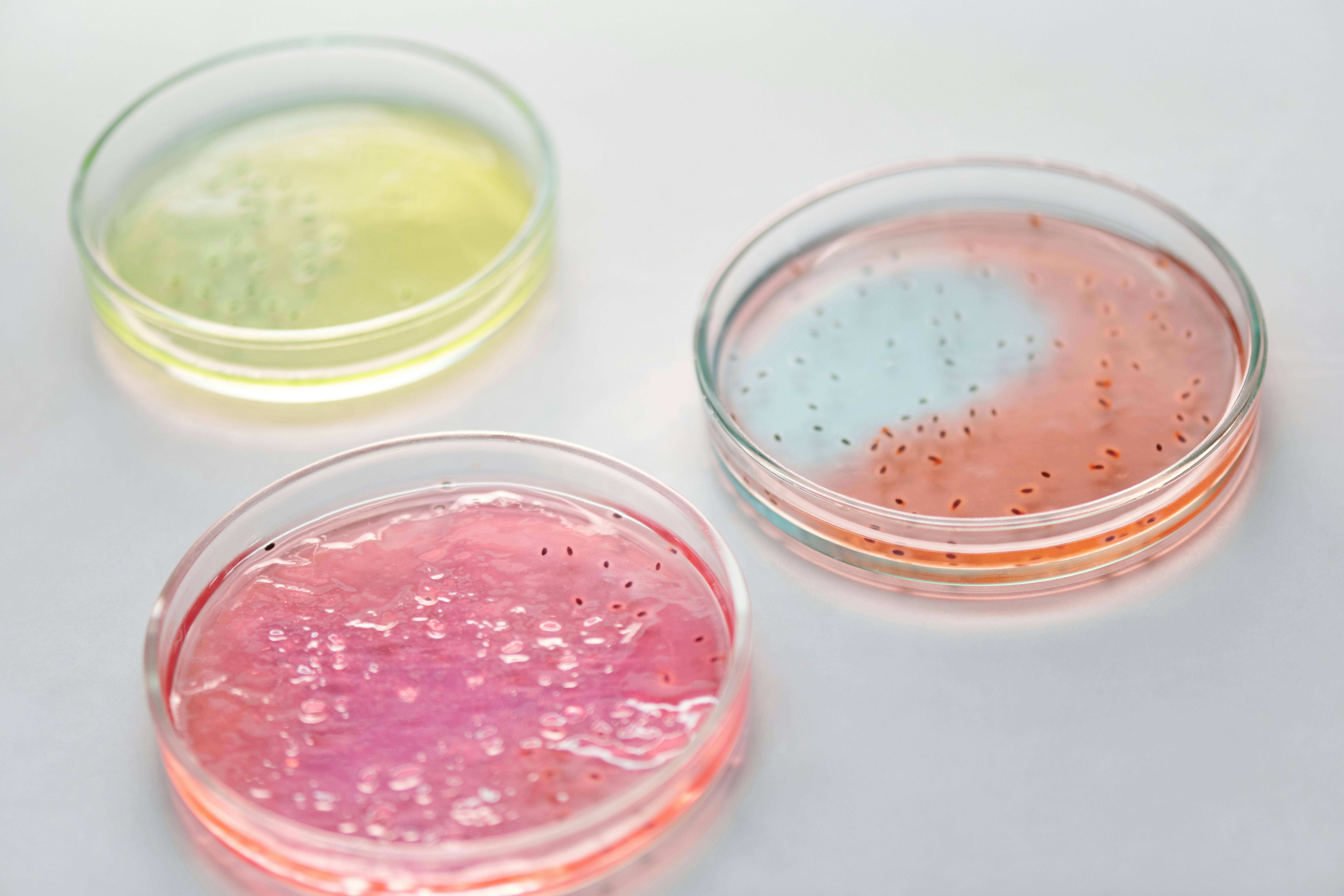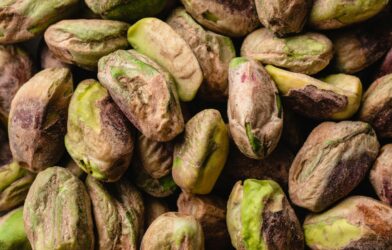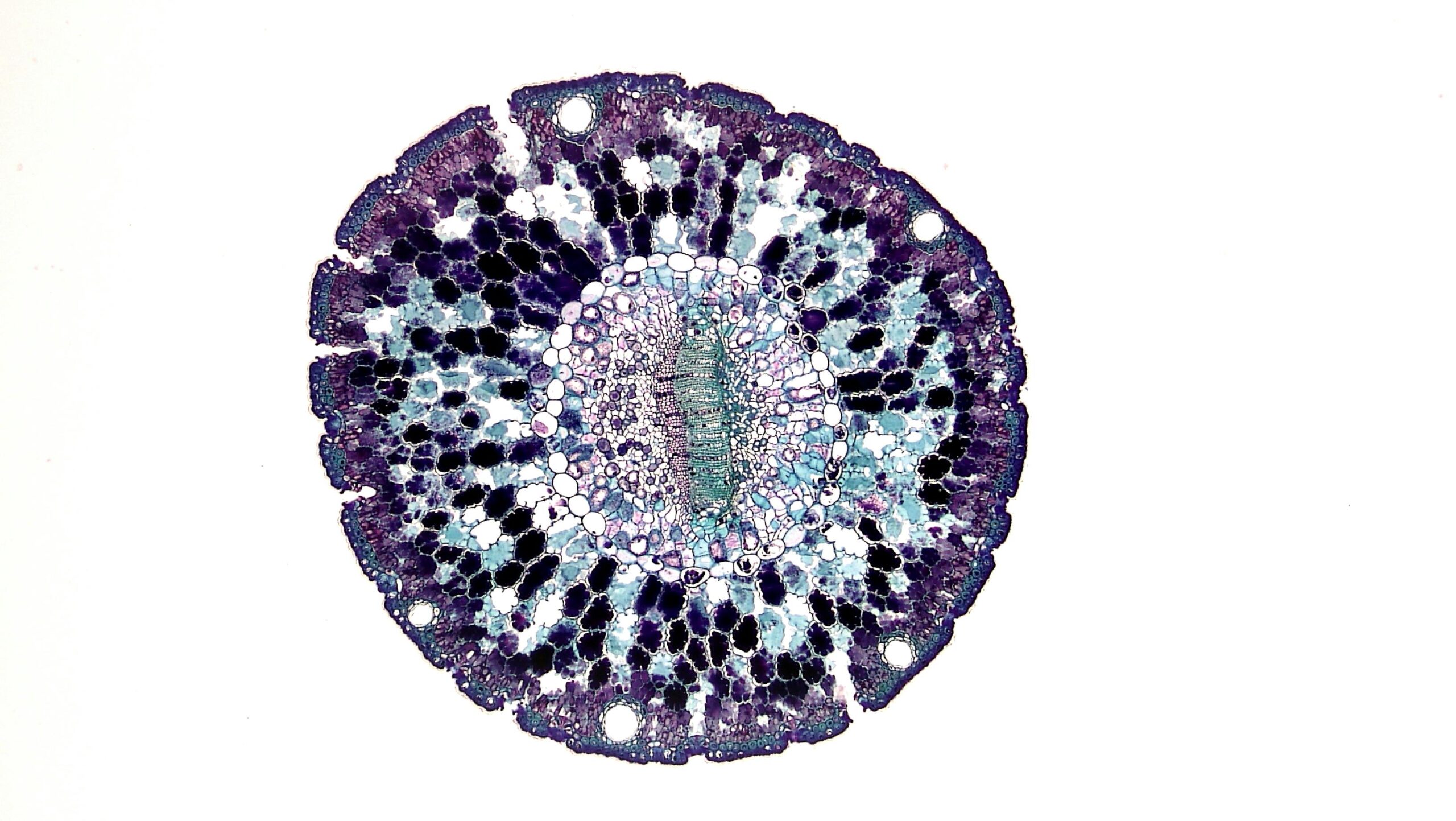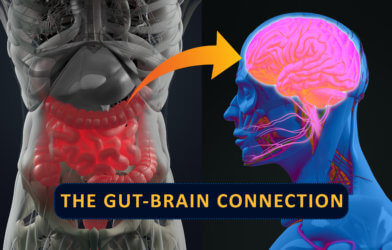The idea that a microscopic bacterium living inside your gut could be making you fat sounds like a far-fetched sci-fi plot. Yet, a new study suggests that a single type of microbe is not only linked to obesity but may also be actively promoting it by disabling your body’s natural defense against fat absorption.
A recent paper in the journal Cell Host & Microbe has identified a specific gut bacterium, Megamonas rupellensis, as a powerful driver of weight gain. Researchers from China discovered this microbe is much more common in the guts of obese individuals. But the real game-changer is how it operates: the bacterium appears to break down a compound called myo-inositol in your gut. This compound normally acts as a brake on how much fat your body pulls from food. When the Megamonas bacteria destroy it, that brake is released, leading to increased fat absorption and, over time, obesity. The researchers also found that having this bacterium and a genetic predisposition to obesity had a combined effect, stacking up to increase the risk of obesity more than either factor alone.
The Gut-Obesity Connection
To understand this breakthrough, you have to appreciate the scale of the research. Scientists began with over 1,000 individuals in China, dividing them into obese and normal-weight groups. They analyzed the genetic material of every microbe in each person’s stool sample, a method known as shotgun metagenomic sequencing. This process allowed them to create a detailed map of each person’s gut microbiome. The team also examined the human genomes of many of the participants to get a sense of their genetic risk for obesity. The findings were undeniable: the guts of obese subjects were significantly different from the normal-weight individuals.
A large number of obese individuals had guts dominated by Megamonas. In fact, nearly 80% of people with high levels of this bacterium in their gut were obese. While this finding was a strong hint, it didn’t prove that the bacterium caused the obesity. To establish a direct link, the researchers moved from human observation to controlled experiments.
A Microbe’s Role in Fat Absorption
To prove causation, the scientists conducted a series of experiments. They gave mice the M. rupellensis bacterium and put them on a high-fat diet. The results were clear: the mice with the bacterium gained significantly more weight and had more body fat than the control group, even though they ate the same amount of food. This suggested that the bacterium wasn’t increasing their appetite, but rather changing how their bodies processed the food they ate.
The research then focused on the mechanism. The team found that the Megamonas rupellensis bacterium had a specific gene, iolG, which is responsible for breaking down the myo-inositol compound. To confirm this, they took the iolG gene and inserted it into a common E. coli bacterium. When they gave this engineered E. coli to mice, those mice also gained more weight, proving that the degradation of myo-inositol was the key factor leading to the increased fat absorption and weight gain. The researchers also used miniature guts grown in a lab dish to observe this process firsthand.
What This Means for the Future
This study stands out because it not only identifies a key microbe linked to obesity but also explains the precise way it contributes to weight gain. By pinpointing the role of Megamonas rupellensis and its effect on myo-inositol, this research offers a new and exciting target for managing obesity. While more research is needed, especially in different populations, the findings pave the way for future treatments that could go beyond traditional diet and exercise by directly targeting the microbial communities in our gut.
Paper Summary
Methodology
The study was conducted on a cohort of 1,005 Chinese individuals, analyzing their gut microbiomes via shotgun metagenomic sequencing on stool samples and assessing their genetic risk for obesity through whole-genome sequencing on blood samples from 814 participants. Functional experiments were also conducted in mice and with intestinal organoids to prove causation.
Results
The study found that a gut dominated by the bacterium Megamonas was highly associated with human obesity. The presence of Megamonas and a person’s genetic risk for obesity had an “additive effect,” significantly increasing the likelihood of obesity. The research established that Megamonas rupellensis degrades the compound myo-inositol, which enhances the body’s absorption of fat and leads to weight gain.
Limitations
A notable limitation is the varying prevalence of Megamonas across populations. It is much more common in the Chinese cohort studied (61.39%) than in populations from Israel (<29%) or the UK/USA (<10%), which suggests the findings may not be as universally applicable.
Funding and Disclosures
The study was a collaborative effort involving Ruijin Hospital affiliated with Shanghai Jiao Tong University School of Medicine, BGI Research, and BGI Genomics Institute of Intelligent Medical Research (IIMR).
Paper Publication Information
The paper, titled “Obesity-enriched gut microbe degrades myo-inositol and promotes lipid absorption,” was published on August 14, 2024, in the journal Cell Host & Microbe.












